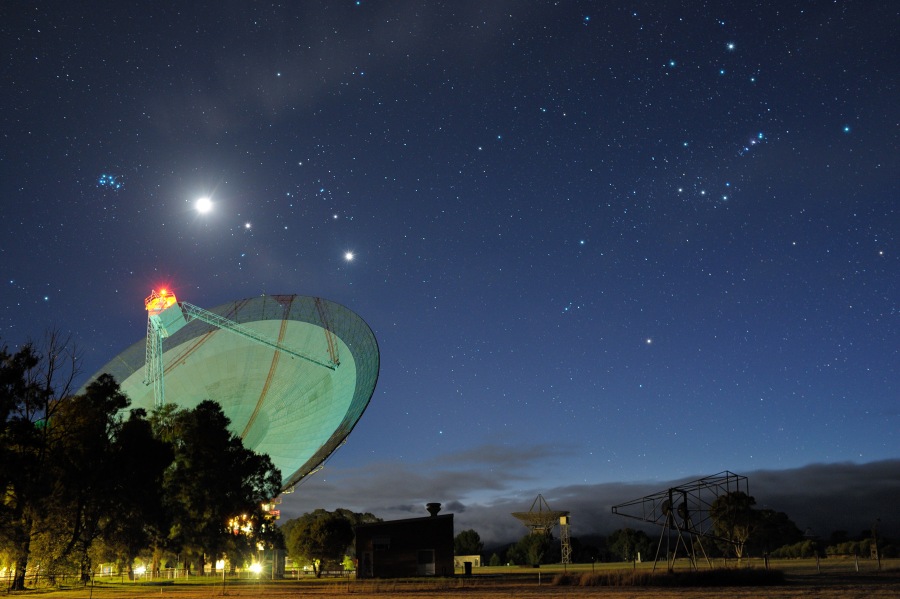


Throughout this book, programming commands are typeset in a distinctive font, like this, to distinguish them from English prose and to help demarcate the scope of the programming command when it is embedded in an English sentence.Ī program, also known as a script, is just a list of commands that R executes. As we will see later, variables in R are often multi-component structures, and therefore it can be informative to the user to display which component is being shown. The answer, of course, is 5, but the line begins with a bracketed “ ” to indicate that the first component of the answer is 5. Source: NASA Photos: NASA Earth Observatory/NOAA NGDC.ĭisclaimer: This article does not necessarily reflect the views of AsianScientist or its staff.Again, the “ >“ symbol above indicates the R command prompt, at which we typed “ 2+3.” The next line above, “ 5,” shows R's reply. “City lights are an excellent means to track urban and suburban growth, which feeds into planning for energy use and urban hazards, for studying urban heat islands, and for initializing climate models.” “Night time imagery provides an intuitively graspable view of our planet,” says William Stefanov, a scientist in NASA’s International Space Station program office who has worked with similar images from astronauts.

The new data was then mapped over existing Blue Marble imagery of Earth to provide a realistic view of the planet. In total, it took 312 orbits and 2.5 terabytes of data to get a clear shot of every parcel of Earth’s land surface and islands. In this case, auroras, fires, and other stray light have been removed to emphasize the city lights. VIIRS detects light in a range of wavelengths from green to near-infrared and uses filtering techniques to observe dim signals such as city lights, gas flares, auroras, wildfires, and reflected moonlight. The nighttime view was made possible by the new satellite’s “day-night band” of the Visible Infrared Imaging Radiometer Suite. The polar-orbiting satellite flies 824 kilometers (512 miles) above the surface, sending its data once per orbit to a ground station in Svalbard, Norway, and continuously to local direct broadcast users distributed around the world. Named for satellite meteorology pioneer Verner Suomi, NPP flies over any given point on Earth’s surface twice each day at roughly 1:30 a.m. One example is natural gas drilling in the Bakken Formation in North Dakota.Ī composite image of Asia and Australia at night (Photo: NASA Earth Observatory/NOAA NGDC). Other features appearing in uninhabited areas in these images could include fishing boats, gas flaring, lightning, oil drilling, or mining operations, which can show up as points of light. Hence, fires and other lighting (such as ships) could have been detected on any one day and integrated into the composite picture to give the impression of a massive blaze, despite being temporary phenomena. These new images were assembled from data acquired over nine days in April 2012 and 13 days in October 2012. The extent of the night lights in this area is also a function of composite imaging. Why is this area so lit up, many have asked?Īway from the cities or industrial sites, scientists have confirmed that much of the night light observed by the NASA-NOAA Suomi National Polar-orbiting Partnership (Suomi NPP) satellite in these images comes from wildfires.Ĭloseup on the western portion of Australia, as seen in the Suomi NPP “Black Marble” imagery (Photo: NASA Earth Observatory/NOAA NGDC).

10, 2012) – Observers of NASA’s new “Black Marble” images of Earth at night released this week have noticed bright areas in the western part of Australia that are largely uninhabited.


 0 kommentar(er)
0 kommentar(er)
